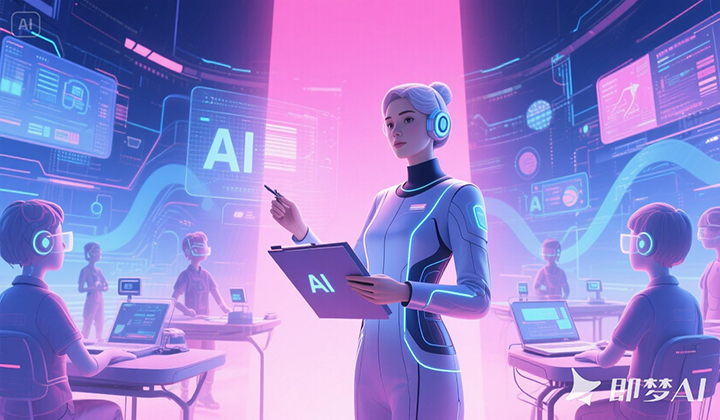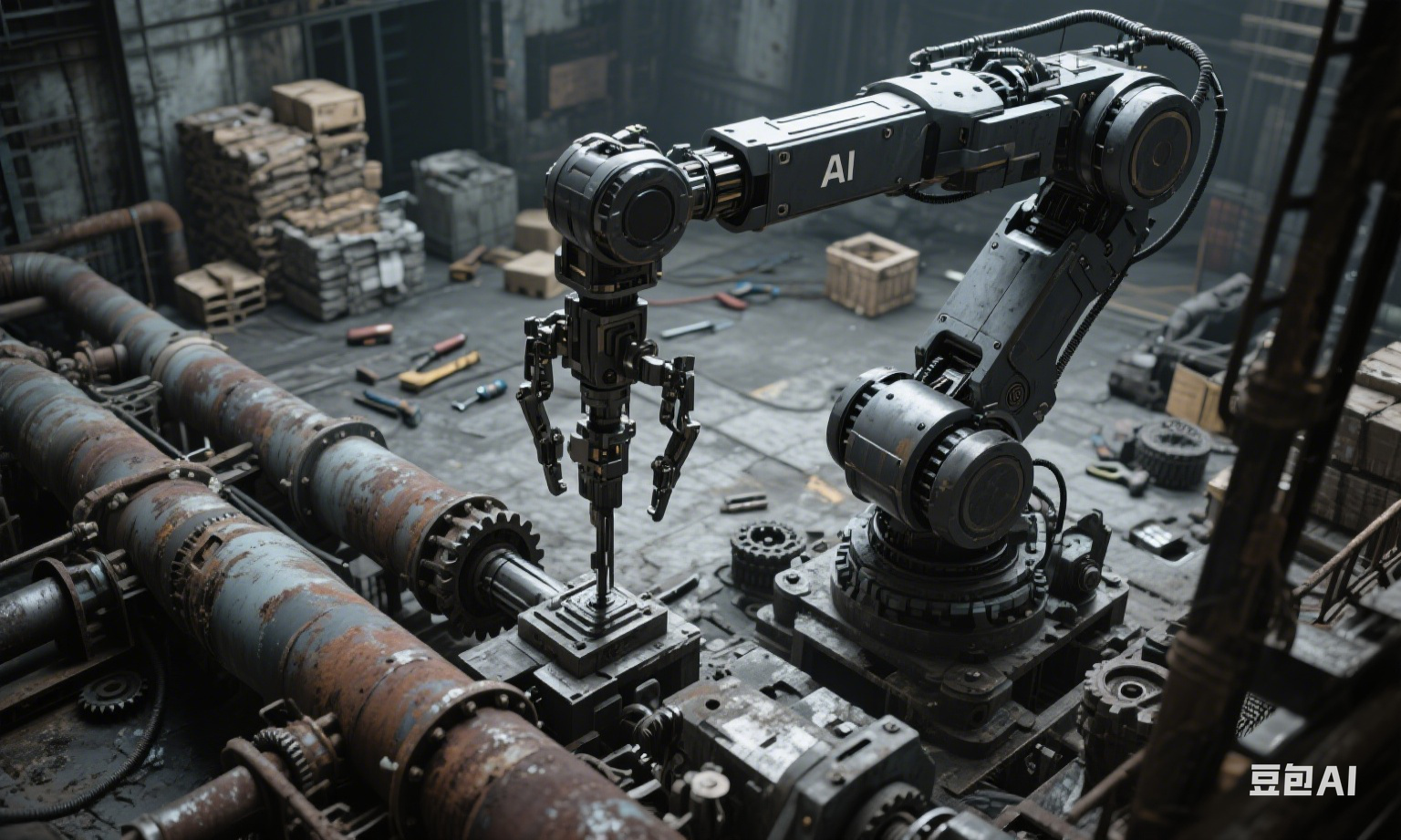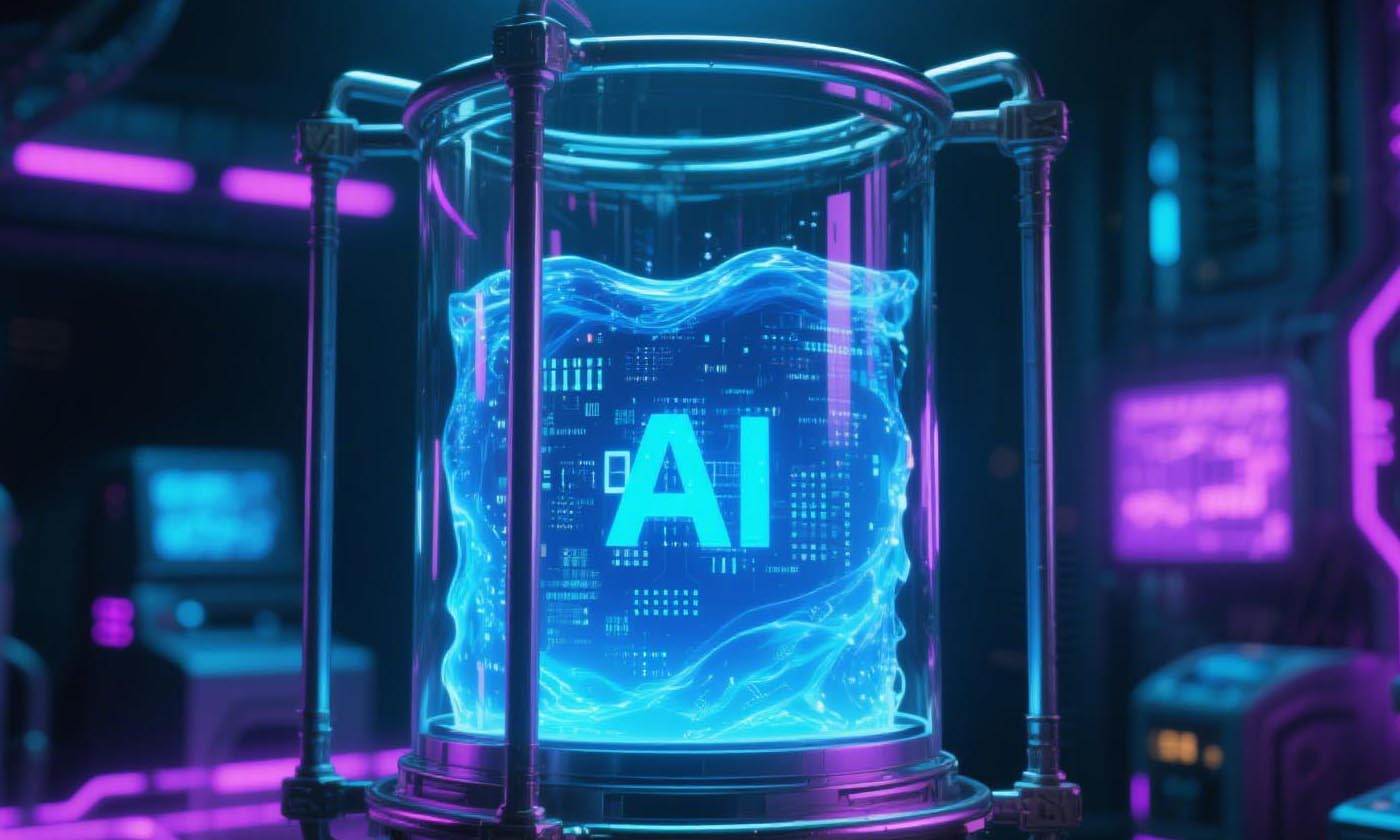The Debate between Open Source and Closed Source: The Future Landscape of AI Frontier Technology Eco
The rapid development of artificial intelligence technology is pushing the global technology community towards a profound game of "open source and closed source". From the code sharing tradition of early technology communities to the patent barriers and commercial closed loops of today's big model era, this debate not only concerns the choice of technology path, but also affects the power allocation and innovation direction of the future global AI ecosystem.
1、 Open Source Spirit: Democratization of Technology and Innovation Accelerator
The rise of the open source model in the field of AI stems from its natural fit for technological democratization. Open source frameworks represented by TensorFlow and PyTorch have built a global development collaboration network. Developers have formed an innovative momentum of "everyone gathers firewood and flames high" by sharing code, datasets, and training techniques on GitHub. For example, Meta's open-source LLaMA series models have spawned hundreds of derivative versions in vertical fields such as Chinese and healthcare in just a few months, demonstrating the fission ability of the open-source ecosystem.
This open collaboration model is particularly valuable in research fields where computing power is scarce. The team led by Li Feifei at Stanford University once replicated the performance of a commercial closed source model using an open-source framework with 1/10 of the research and development cost. More importantly, open source has lowered the technological entry threshold: African medical AI startups can develop malaria diagnostic tools based on open source models, and small and medium-sized developers can also participate in the training and optimization of multimodal large models. As stated by the AI director of the Linux Foundation, "Open source takes AI from giant laboratories to the common heritage of humanity. ”
2、 Closed Source Logic: Commercial moat and technological control
Compared to the idealism of open source, the closed source strategy carries practical business considerations. Emerging companies such as Anthropic and xAI use proprietary models to build technological barriers and establish profit models through API fees, cloud leasing, and other methods. This "technology black box" strategy has been successfully validated in the chip field: Nvidia has long dominated the AI computing market with its CUDA closed source ecosystem.
The closed source mode is more attractive at the national security level. The 2023 EU Artificial Intelligence Act will include closed source models in high-risk regulatory categories, while NIST in the United States requires government procurement projects to disclose model parameters. When AI technology becomes a strategic resource, closed source becomes the "insurance lock" for national technological sovereignty. More importantly, the closed source system ensures the integrity of the technology roadmap: Apple has closed the entire stack of chips, frameworks, and models, achieving a smooth experience for end-to-end AI, which is difficult to achieve with open-source fragmentation solutions.
3、 Fusion Evolution: A New Paradigm in Dynamic Balance
The pendulum of cutting-edge technology is seeking balance between its two poles. In the Xunfei Xinghuo-4 architecture, 70% of the basic modules are open source and the core algorithms are closed source; Google Gemini adopts a hybrid strategy of "open-source base+closed source enhancement". This' limited open source 'not only maintains commercial interests, but also leverages community power to improve basic performance.
The future pattern may present a "layered open source" feature: the underlying algorithms (such as Transformer architecture) remain open, the mid-level toolchains (optimization, deployment) are commercialized, and top-level applications (such as legal and medical vertical models) form patent barriers. At the same time, the open source licensing system is evolving: the GPL-3.0 protocol adds a "contagious open source" clause, forcing companies to publicly disclose modified code for derivative models; The MIT agreement allows for commercial closed source, giving rise to a new business model of "open source+SaaS".
4、 Ecological Game: From Technological Warfare to Rule Building
The competition between open source and closed source is essentially a struggle between technological power and commercial interests. However, excessive isolation may repeat the mistakes of the semiconductor industry - in the 1980s, Japanese companies swept the world with a closed DRAM technology system, ultimately being overturned by the open-source ARM architecture due to innovation gaps. The AI field needs a smarter balance: OpenAI will close the source of ChatGPT code but open its API interface, which not only protects core technology but also cultivates application scenarios; The "Big Model Open Source Plan" in China requires central enterprises to partially open up their research and development achievements, seeking a pivot between security and innovation.
Perhaps the future AI ecosystem will move towards "federated open source": global sharing of basic research layers, vertical cultivation of industry application layers, and independent and controllable national strategic layers. When the open source community and commercial companies are no longer in opposition, but through patent pool cross licensing, open and closed source interface compatibility, and jointly develop technical standards, humans can truly master the giant ship of AI. After all, compared to the binary opposition between open source and closed source, how to make technological innovation serve the progress of human civilization is the ultimate proposition worth considering.












